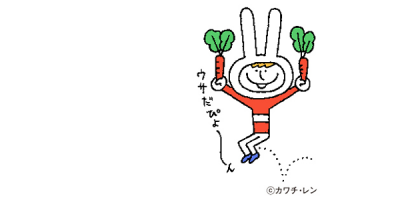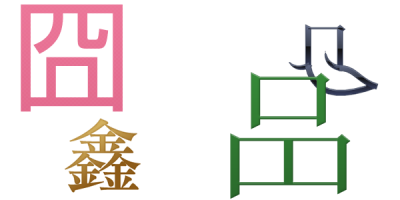
Previously (part 67), in observing clausal phrases from the “male” and “female” perspectives, we addressed the auxiliary verb da and the main interjectory particles, ne, na, and yo. In passing, let’s look at some more marginal interjectory particles.
In “Bengoshi ga no, zaisan o no…” (the lawyer [did something about] the assets…) it probably seems more natural to draw out the final vowel of no —“Bengoshi ga no-o, zaisan o no-o…” and this interjectory particle no (-o) does in fact exist. Although this particle no (-o) is hardly ever addressed in Japanese language research, it is a real particle. Therefore it is a marginal interjectory particle. Below, it will be written simply as no-o.
A speaker who uses no-o does not sound particularly “masculine” or “feminine.” One would not normally say “Bengoshi ga da no-o…,” so no-o is not used with the auxiliary verb da. Up to this point, it seems similar to the interjectory particle sa which we touched upon last time. However, it should be emphasized that in contrast to sa which is not used with auxiliary verbs of judgment in general, no-o is used with the auxiliary verbs ja and desu(1) (particularly with the marginal auxiliary verb ja).
So, in cases where no-o co-locates with ja and desu—ja no-o and desu no-o—is the speaker male or female? In fact, the expressions “Bengoshi ga ja no-o, zaisan o ja no-o…” and “Bengoshi ga desu no-o, zaisan o desu no-o…,” just like “Bengoshi ga no-o…” which lacks an auxiliary verb, do not sound particularly “male” or “female.” They sound “elderly.”
In other words, the interjectory particle no-o is a word used by the “elderly.” Another important point is that in the language of the “elderly” there is no difference between “male” and “female.” (That isn’t to say that there are no differences between men and women among actual elderly people. Just that there are no differences between “male” and “female” patterns in the language used by “elderly” characters. This is a point on which I don’t want to be misunderstood.)
The language of the “elderly” is similar to the language of “children” in that there is no difference in the language used by “men” and “women.” Both the auxiliary verbs ja and desu used by the “elderly” and the marginal auxiliary verbs dechu and deshu(2) used by “children,” are indistinguishable as “male” or “female.” Of course an actual child would never say “Bengoshi ga dechu, zaisan o dechu…” but this style of speaking is held to be “childish.”
Even if the interjectory particles ne or yo (rising intonation) are used, for instance dechu ne, dechu yo (rising intonation) or deshu ne, deshu yo (rising intonation), there is no distinction between “male” and “female.” This way of speaking simply sounds extremely “childish.”
Returning to “marginal interjectory particles,” we cannot overlook the particle nya(3). Sentences such as “Bengoshi ga nya, zaisan o nya…” and “Soko o nantoka desu nya, katsuobushi o desu nya…” ([put] the dried fish there meow) appearing in a manga would be used for a “cat” character regardless of whether it was male or female. It is not that uncommon to see particles at the end of sentences for animal characters such as “dogs”—“Soo da wan” (that’s right, woof!)—“rabbits”—“Soo da pyon” (that’s right, hop!)—etc., but one wouldn’t put them at the ends of clausal phrases, for instance “Bengoshi ga wan, zaisan o wan…” or “Bengoshi ga pyon, zaisan o pyon…” Among all the animal characters, probably only the “cat” can use interjectory particles.
Nya is probably a variation on the interjectory particle na.
Unfortunately, we don’t have time to go into nya any further. Let’s leave it as a “marginal” particle for now, and look a bit more at verbal character “age.”
* * *









(1) Desu is the neutral/polite form of da, while ja is a colloquial form of da characteristic of “elderly” characters.
(2) Dechu and deshu are colloquial forms of desu, stereotypically used by “child” characters.
(3) “Meow” in Japanese manga.